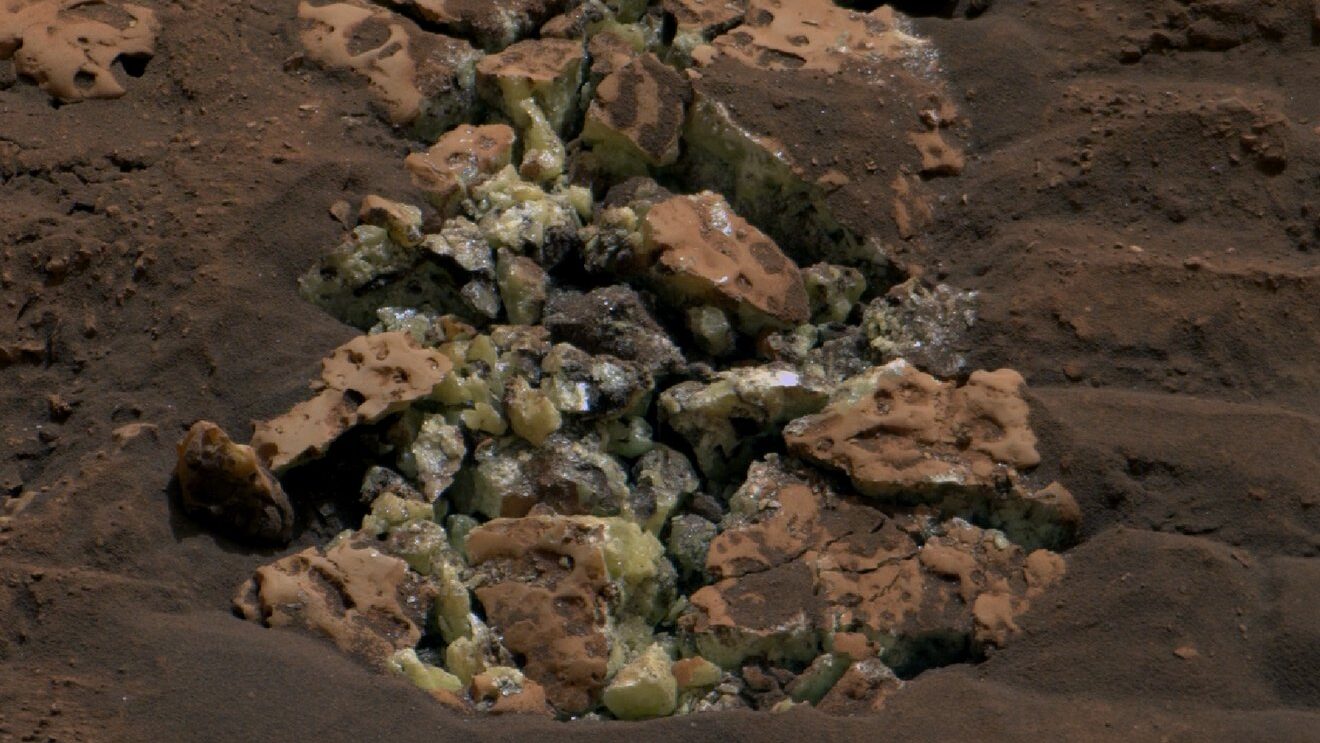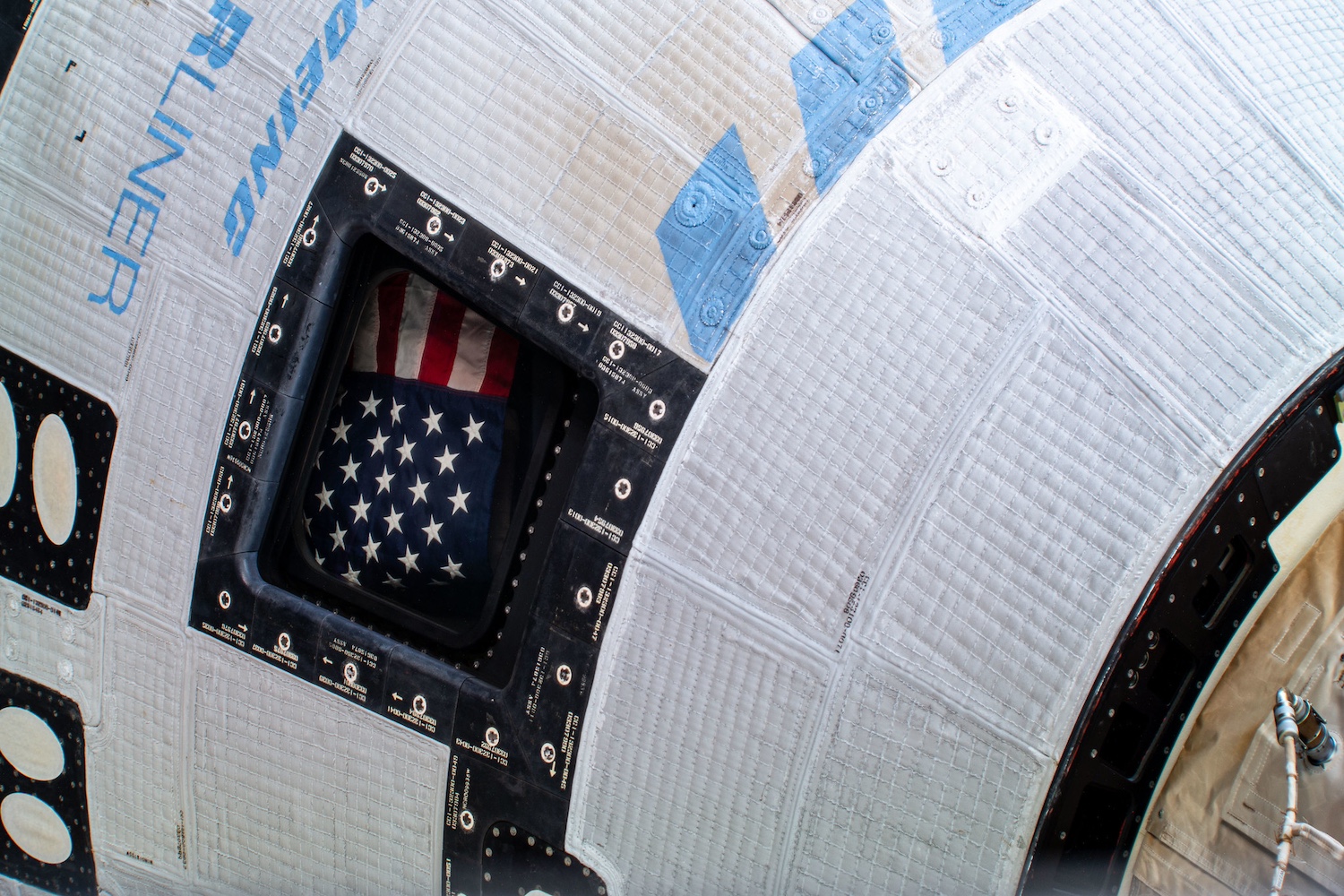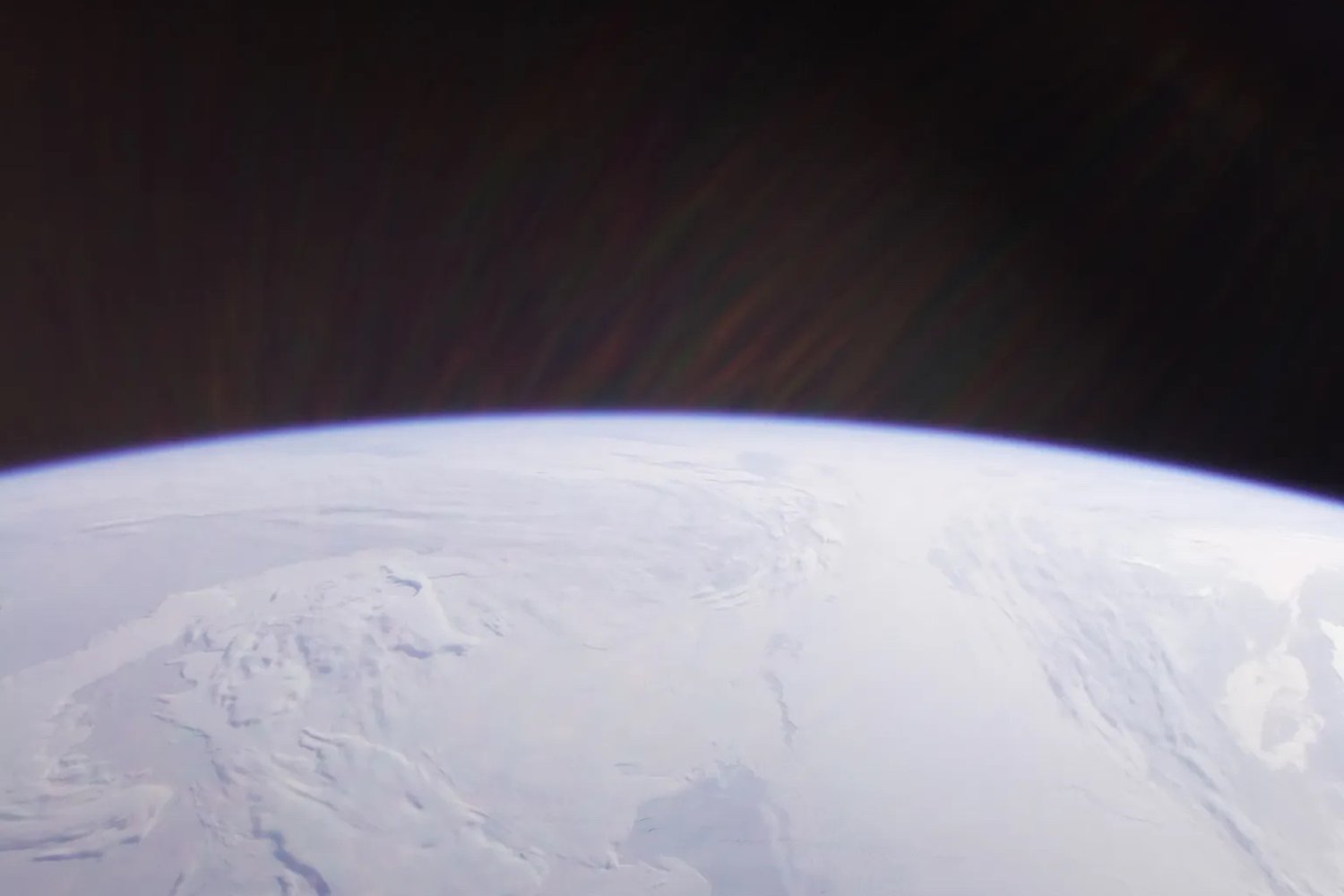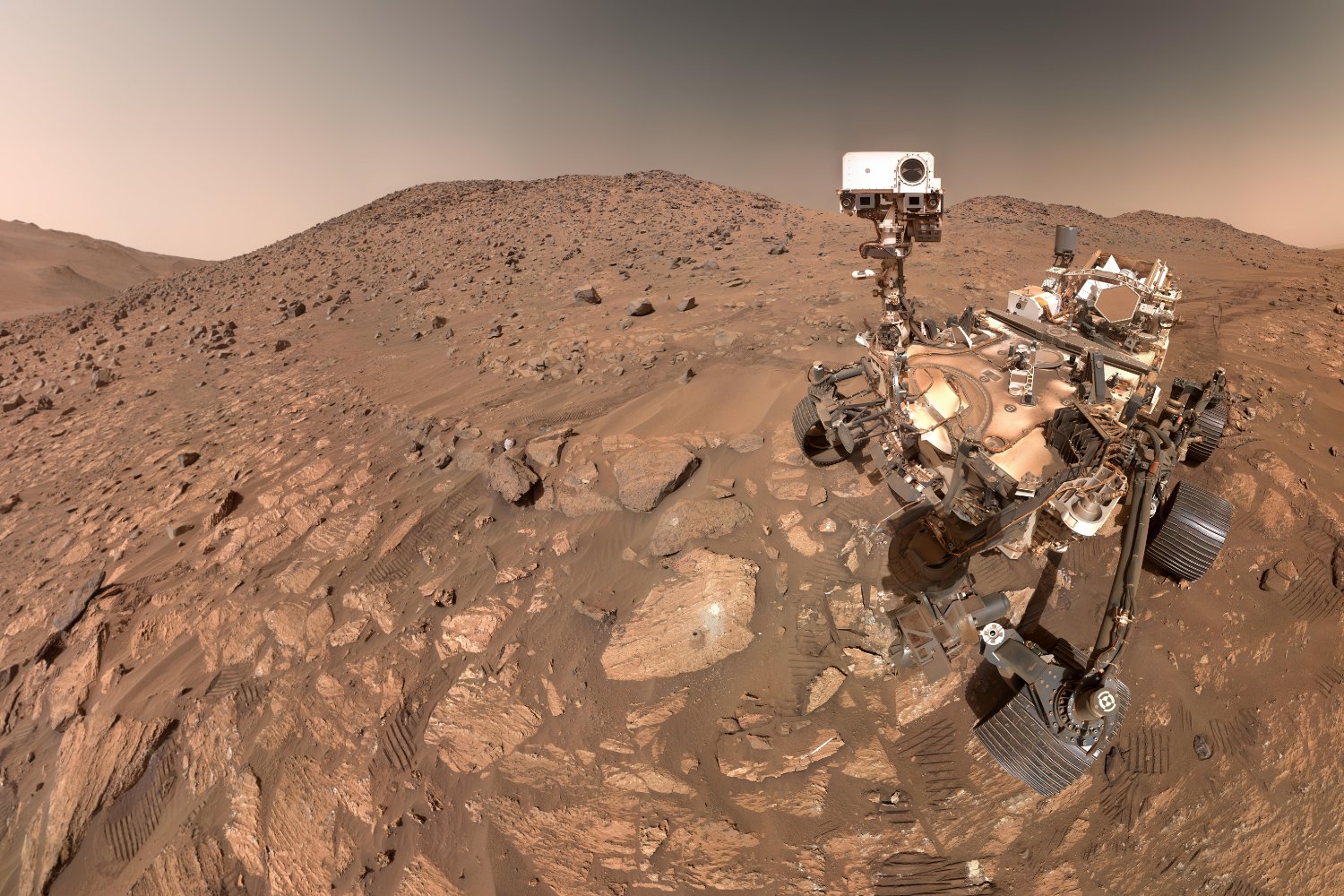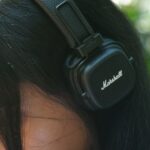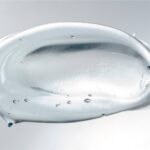For nearly 10 years, NASA’s four-wheeled robot has been climbing the foothills of Mount Sharp, a tall mountain on Mars that stands above an ancient crater, uncovering mysteries with each of its layers. In its latest discovery, the Martian explorer stumbled upon a field of rocks made of pure sulfur, a chemical element that could hold precious clues to the Red Planet’s watery past.
The Curiosity rover recently drove over a rock, accidentally cracking it open. Inside were shiny yellow crystals, which scientists later determined to be elemental sulfur, NASA said. Although sulfur-based minerals (a mix of sulfur with other materials) have been found on Mars before, this is the first discovery of rocks made of pure sulfur. And there could be a whole bunch of them on Mars, but scientists aren’t sure how they formed.

“Finding a field of stones made of pure sulfur is like finding an oasis in the desert,” Ashwin Vasavada, Curiosity’s project scientist at NASA’s Jet Propulsion Laboratory, said in a statement. “It shouldn’t be there, so now we have to explain it.”
Pure sulfur is tasteless and odorless, and it’s naturally found in volcanic regions as a result of the oxidation of hydrogen-sulfide. But this particular region that Curiosity has been exploring has shown no signs of past volcanic activity. Pure sulfur can also form through the oxidation of reduced sulfur compounds by way of microbial activity. In that case, the discovery of sulfur on Mars could be useful in the search for ancient microbial life on the Red Planet.
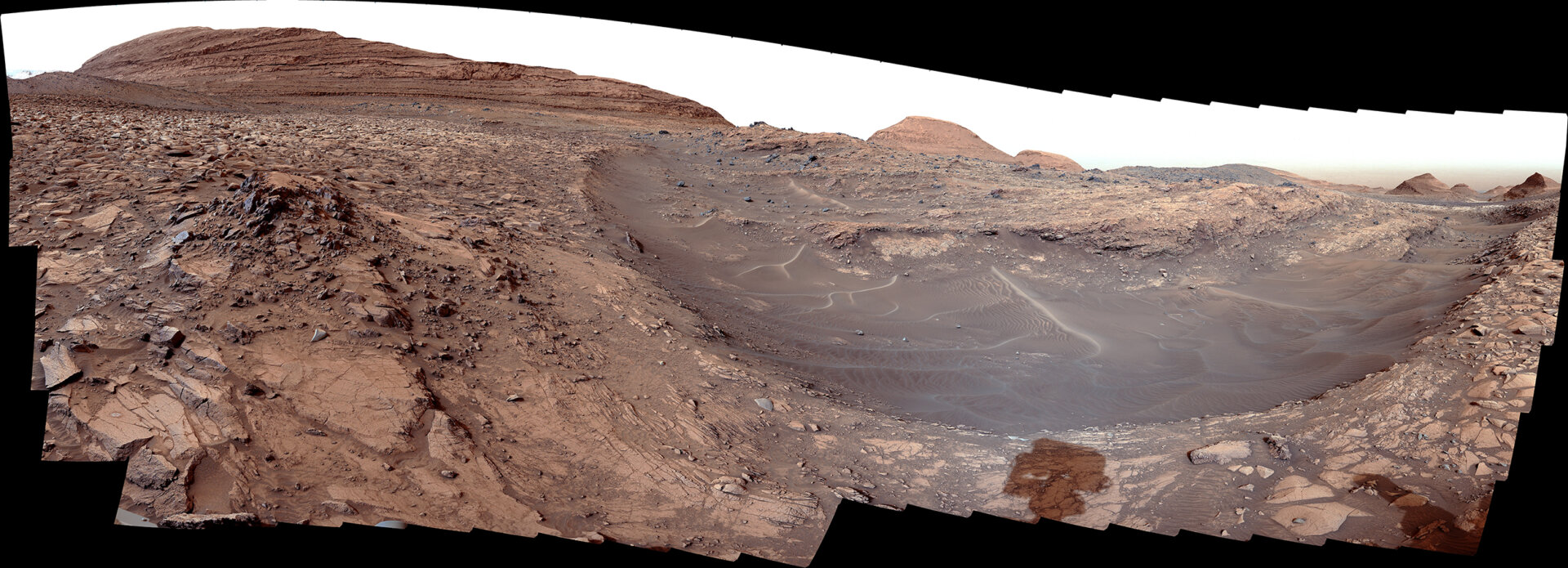
The Curiosity rover has been exploring Gediz Vallis, a winding channel that may have been carved out by an ancient river that left a 2-mile trail of boulders and sediment. By exploring this region, the rover is gathering clues for places in the planet’s ancient terrain that could have provided the nutrients needed for microbial life to possibly form on Mars.
Curiosity could not snatch a sample of the sulfur rocks because they were too small and brittle, but it did find a large rock nearby that the team nicknamed “Mammoth Lakes.” The rover used a drill attached at the end of its 7-foot (2-meter) robotic arm to make a hole in the rock and grabbed samples that can be analyzed by on-board instruments inside the rover’s belly.
“Discovering strange and unexpected things is what makes planetary exploration so exciting,” Vasavada said.
